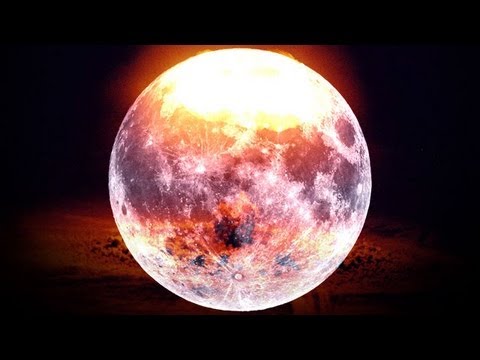The U.S. Air Force considered trying to detonate a nuclear bomb on the moon during the late 1950s. A physicist who worked on the project said a single explosion would have been “microscopic,” with little impact. But what if the plans had been bigger—do we have enough nuclear weapons to push the moon out of orbit?
Not even close. Depending on where the detonation happened, sending the moon careening away from Earth would take somewhere between 10 billion and 10 trillion megatons of TNT. The most powerful nuclear device ever detonated, the Soviet Union’s “Tsar Bomba,” yielded the energy equivalent of 50 megatons of TNT. The current nuclear arsenal of the world could produce less than 7,000 megatons.
The moon is constantly edging away from us, though, without any human intervention. The moon’s pull drags a portion of the Earth’s water out of its natural position, creating bulges at each end of the planet. As Earth rotates, these bulges exert force on the moon, adding to its kinetic energy and making its orbit grow larger. On average, the moon floats 3 or 4 centimeters further away every year.
Life without the moon would be strange in the near term and disastrous in the long term. If the stabilizing influence of the moon disappeared, the Earth would begin to teeter dramatically on its axis, and seasons would no longer be constant. Over the long term, it’s possible the Earth could topple over, as apparently happened to Uranus, which orbits the sun on its side.

